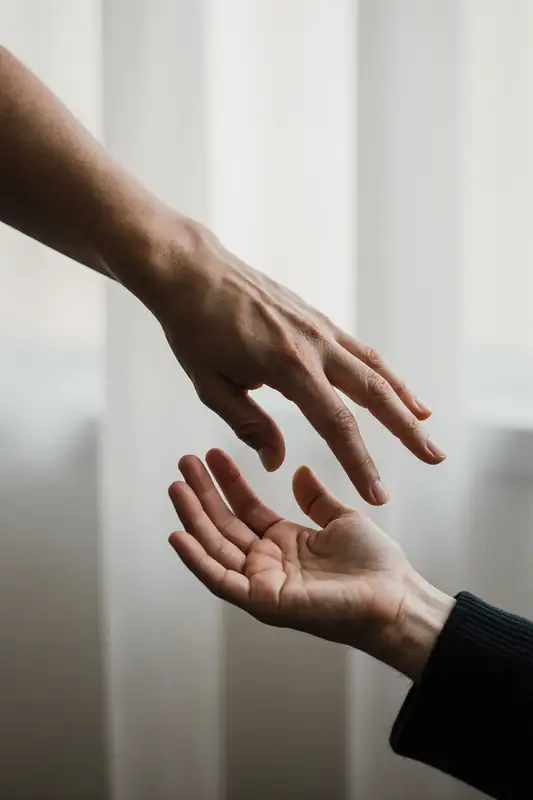Our Approach
Relational, not clinical. Safety-first, not behaviour-first.
Understanding First
We don't start with strategies or interventions. We start with understanding.
Every behaviour is communication. Every response tells us something about how someone is experiencing their world. Our role is to listen—not to fix, but to understand.
This means we spend time getting to know your child, your family, and your unique context before we suggest anything at all.

Polyvagal-Informed Practice
Safety First
When the nervous system feels safe, learning and connection become possible. We prioritise felt safety over compliance.
Co-Regulation
We can't regulate in isolation. Our calm, attuned presence helps create the conditions for your child's nervous system to settle.
Connection Over Correction
Relationship is the foundation of all meaningful change. We focus on building trust and understanding before anything else.
Polyvagal Theory, developed by Dr. Stephen Porges, helps us understand how the autonomic nervous system responds to safety and threat. This science informs everything we do.
When a child is in fight, flight, or freeze mode, traditional approaches often increase stress rather than reduce it. We work with the nervous system, not against it.

What This Looks Like
▸ We don't pathologise
Behaviours that look challenging often make perfect sense when we understand what's driving them.
▸ We don't rush
Trust takes time. Understanding takes time. Sustainable change takes time.
▸ We don't use rewards and consequences
External motivators can increase anxiety and reduce intrinsic motivation. We focus on connection and understanding instead.
▸ We do listen deeply
To your child, to you, to what's not being said, and to what the behaviour is communicating.
Neurodivergent-Affirming
We don't see autism, ADHD, or demand avoidance as things to be fixed or cured. We see them as different ways of experiencing and processing the world.
Our work is about helping families understand these differences, reduce overwhelm, and create environments where everyone can thrive—not about making neurodivergent children appear more neurotypical.
This means:
- Stimming is communication and regulation, not something to stop
- Meltdowns are nervous system overwhelm, not manipulation
- Demand avoidance is often a protective response to feeling unsafe
- Sensory needs are real and valid, not preferences to overcome
- Different doesn't mean deficient
Trauma-Informed Care
Many neurodivergent children and families have experienced trauma—not necessarily from major events, but from years of misunderstanding, rejection, or being asked to be someone they're not.
We understand that:
- Trust may have been broken many times before
- Previous "help" may have felt harmful
- Families may be exhausted, defensive, or hopeless
- Small steps matter more than big changes
We move at your pace, honour your expertise about your own family, and never assume we know what's best for you.
The Science Behind Our Work
Our approach is grounded in current research from neuroscience, attachment theory, and trauma studies:
Polyvagal Theory
Dr. Stephen Porges' research on the autonomic nervous system and how we detect safety and threat.
Attachment Science
Understanding how secure relationships provide the foundation for emotional regulation and resilience.
Neurodivergent Research
Current understanding of autism, ADHD, and PDA from neurodivergent researchers and advocates.
Trauma-Informed Practice
Recognition that trauma responses are adaptive and that healing happens in relationship.
Ready to Begin?
Our approach might feel different from what you've experienced before. That's intentional. We're here to walk alongside you, not ahead of you.
